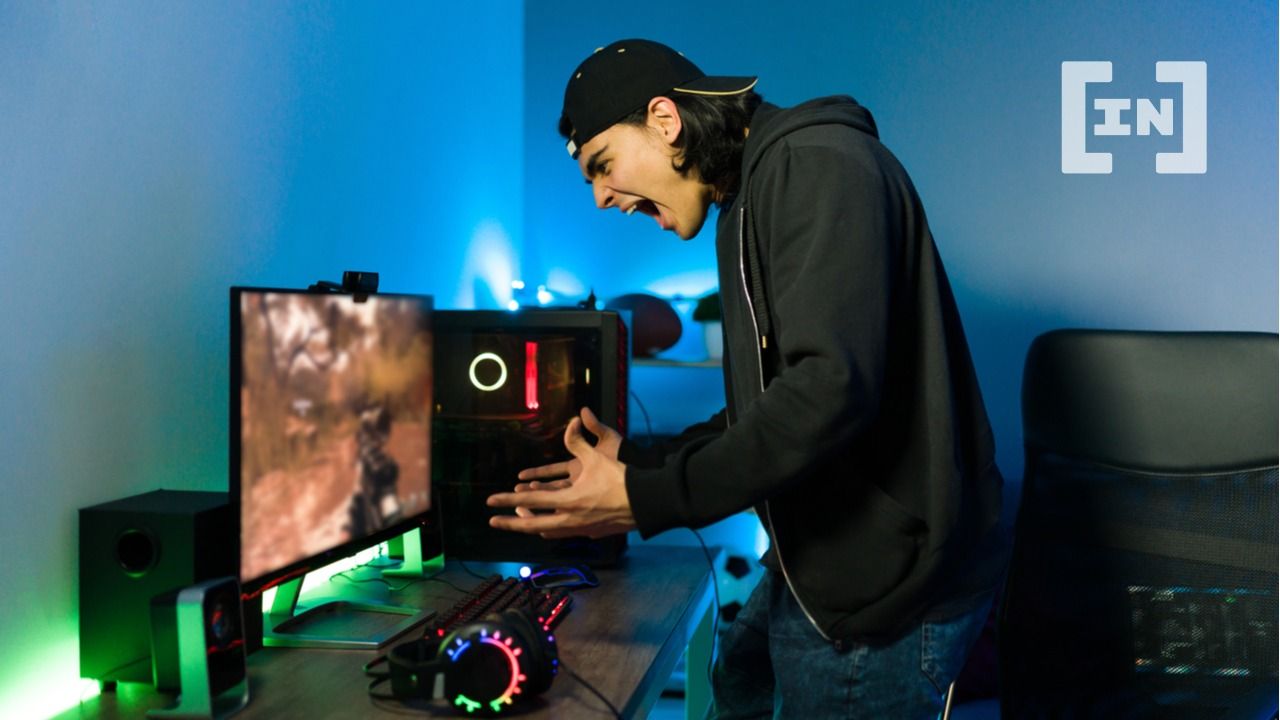Gaming and P2E: The unlimited supply of in-game assets is growing faster than the number of active players, says Andrey Pelipenko, the CTO at strategic racing game Roach Racing Club
The blockchain gaming sector has gained tremendous traction in the past year.
According to the BGA Blockchain Game Report, in-game NFTs generated $4.5 billion in trading volume last year, with a 4,330% growth in activity since the beginning of 2021.
However, as the NFT market is starting to get overheated, the blockchain gaming sector is also experiencing its own set of challenges that could impact the long-term sustainability of the space.
SponsoredThe Problem of Unlimited in-Game NFT Supply
One of the main problems of in-game NFTs is an unlimited supply: namely, the supply is growing faster than the number of active players.
For collectibles, this has led to market participants oversupplying assets to benefit from a significant surge in demand. In other words, the NFT space is suffering from the same issue as baseball cards that faced increased obsession during the 1980s or the ’90s comic book bubble.
While NFTs are designed to be rare assets, in reality, their total supply grows every block. According to Nansen’s data, the number of NFT minters surged from around 500 in Q1 2021 to 1.2 million by the beginning of 2022.
New in-game NFTs may have an unlimited supply. Plus, they can be created in a few minutes and with minimal fees. While low barriers like this have their own set of benefits, they make the oversupply problem much worse for non-fungibles.
Combine this with the lack of ability to regulate the supply on the market, and the potentially endless flow of in-game non-fungibles will likely lead to a significant market crash. Despite the increased hype around the sector, the crazy printing of NFTs will eventually drown this demand.

The Newer, the Worse: Players Are Losing Interest in P2E Games
The first generation of NFTs P2E project mints tend to be the most valuable, as those are usually more scarce than the others. With each new series of collections, the value of in-game assets decreases due to the increase in supply. Plus, most P2E games are created in a way to boost players’ interest in earning profit while the gaming products should be concentrated around the emotions people get by playing.
Sponsored SponsoredAs a result, players gradually lose interest in playing the game and start looking for other solutions where assets are worthier. And this makes sense on their end, as there is no point in keeping on playing if the value of your asset reduces hour-by-hour.
Another reason why players are losing interest in NFT games with time is related to the low diversity of assets. In many cases, in-game NFT assets are very similar to each other.
Things are getting worth due to another problem, called inbreeding – players tend to breed assets of a similar type, creating even new sets of looking-alike items. This, of course, reduces the diversity of NFTs within a Play-to-Earn ecosystem. Consequently, the gameplay becomes boring, people leave the game behind, and supply exceeds demand.

Gaming: Solving Blockchain Gaming’s Key Challenges
The P2E gaming space is far from perfect. But this doesn’t mean we, as market participants, can’t do anything to solve its challenges.
First, it’s crucial to implement a new mechanism to regulate the supply of NFTs in P2E ecosystems. While some may argue that it goes against the very idea of non-fungibles, the easiest way to reduce the inflation is by executing token-burn mechanisms.
By introducing the Run-or-Die concept, we have tried to make the game’s strategic racing P2E game free from these issues. As part of the mechanism, players have to actively utilize their avatars for racing to avoid them getting burned.
SponsoredAt the same time, we developed these NFTs in a way that each new generation becomes more impacted by Run-or-Die burning mechanism. Only the first Genesis Collection has 100% resistance and can’t be burned. The resistance level is responsible for how often the avatar should be used in the game to keep existing. It reduces with each new generation, giving NFT holders a choice: make your avatar run or let it die. While this mechanism contracts the supply of NFTs, it also keeps users’ interest at a high level.
Other Solutions
Another solution made to encourage people to keep playing the game is the evolutionary approach – each new generation of avatars has to be stronger than the previous one. Simultaneously, the ability to generate stronger NFTs via the cross-breeding of avatars provides the necessary incentives for players to create a more diverse supply.
Also, I believe more attention should be paid to the quality of art and lore, as they make the game universe more coherent and, therefore, interesting.
I can’t emphasize enough how crucial it is to create games that are fun to play in the first place. Furthermore, the game should offer numerous options to upgrade your avatar, so players can customize it to suit their preferences.

Gaming: The Future of P2E
While the concept of Play-to-Earn games has great potential, the massive hype around the relatively new sector causes most of its problems.
From the oversupply of NFTs to avatar inbreeding and devaluation, market players have to make strategic moves to solve blockchain gaming’s core problems.
Fortunately, this is already happening at the moment.
While Roach Racing Club’s Run-or-Die mechanism could potentially solve the problem of oversupply and incentivize engagement simultaneously, P2E projects can take an evolutionary approach to prevent inbreeding and increase the value of future generations of avatars.
Furthermore, many in the sector forget that the main motive of P2E games should be to offer high-quality gameplay that their users enjoy. Earnings are a nice addition, but profit shouldn’t be a key driver here – at least if you want your game to be sustainable in the long run.
About the author
Andrey Pelipenko, the CTO at strategic racing game Roach Racing Club. He has 10 years of experience developing games with an audience of over 50 million people and has received numerous awards. Pelipenko co-founded Blockchain Cuties the first multi-chain collectible game counting millions of transactions.
Got something to say about P2E gaming or anything else? Write to us or join the discussion in our Telegram channel. You can also catch us on Tik Tok, Facebook, or Twitter.


